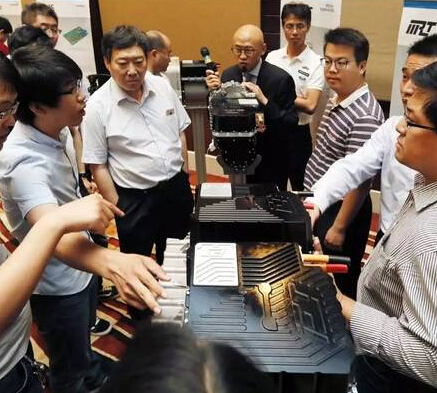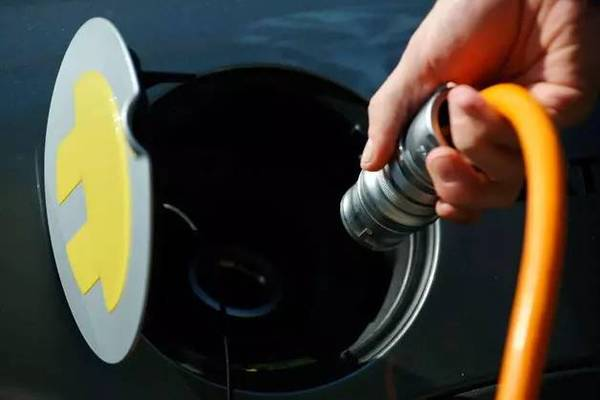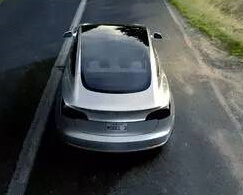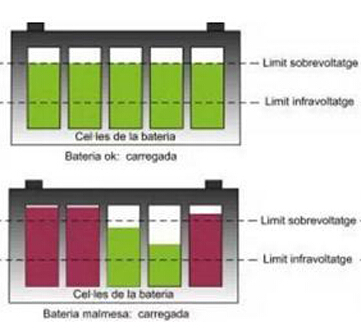There are currently three types of batteries for pure electric vehicles. One is a lead-acid battery, which is a battery whose electrode is mainly made of lead and its oxide, and the electrolyte is a sulfuric acid solution. When the lead-acid battery is discharged, the main component of the positive electrode is lead dioxide, and the main component of the negative electrode is lead. In the state of charge, the main components of the positive and negative electrodes are lead sulfate.
The second category is a nickel-hydrogen battery. It adopts constant current charging mode for charging. According to the battery's ability to accept current, different currents can be used to charge the battery. During the charging process, it is not necessary to limit the voltage of the battery cell, and at the same time, fast charging can be realized.
The three types are lithium iron phosphate batteries. It refers to a lithium ion battery using lithium iron phosphate as a positive electrode material. The positive electrode materials of lithium ion batteries mainly include lithium cobaltate, lithium manganate, lithium nickelate, <ternary materials, lithium iron phosphate and the like. Among them, lithium cobaltate is the positive electrode material used in most lithium ion batteries.
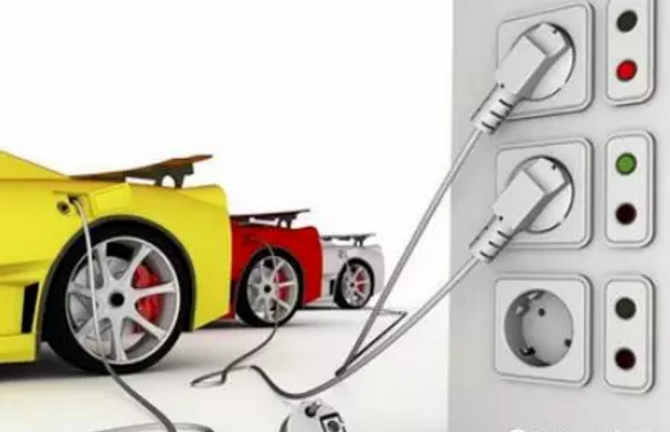 A suitable charging opportunity is critical to the life of the battery. For example, if the newly purchased electric car battery is used for the first time, it is best to fill the battery to 100%. If 100% of the battery is used up, use a matching charger to charge. Generally, the charging time will be 8-10 hours. Of course, some The model is not necessarily, you can charge according to the instructions of different battery types. Under normal circumstances, do not exceed 12 hours. It is not recommended to use up the electricity every time. It is recommended to charge when the power consumption is about 70%. Need to be reminded that after the first full charge, the vehicle will be charged for a long time when the battery is running out. This charge can be maintained for about 10 hours, in order to make the battery car chemical reaction for a complete cycle.
A suitable charging opportunity is critical to the life of the battery. For example, if the newly purchased electric car battery is used for the first time, it is best to fill the battery to 100%. If 100% of the battery is used up, use a matching charger to charge. Generally, the charging time will be 8-10 hours. Of course, some The model is not necessarily, you can charge according to the instructions of different battery types. Under normal circumstances, do not exceed 12 hours. It is not recommended to use up the electricity every time. It is recommended to charge when the power consumption is about 70%. Need to be reminded that after the first full charge, the vehicle will be charged for a long time when the battery is running out. This charge can be maintained for about 10 hours, in order to make the battery car chemical reaction for a complete cycle.
















 RCCN WeChat QrCode
RCCN WeChat QrCode Mobile WebSite
Mobile WebSite



